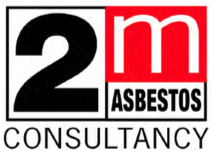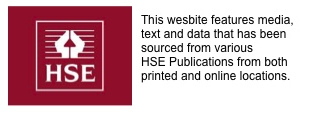Below are excerpts from the HSE publication, HSG227 A comprehensive guide to managing asbestos in premises
What is asbestos?
Asbestos is a term used for a number of naturally occurring minerals which have crystallised to form long, thin fibres and fibre bundles. These fibres have high tensile strength, and chemical, electrical and heat resistance, and were widely used for these properties ; either raw (eq asbestos textiles and insulation packings), or more often, combined with other materials (fireproofing, insulations, boards, asbestos cement sheets etc.) There are 6 regulated types of asbestos, the three main types being chrysotile (white), amosite (brown) and crocidolite (blue).
Asbestos, although hazardous, will only pose a risk if the fibres become airborne and are then inhaled. This is why it is important to identify asbestos containing materials’s (ACM’s), to assess their risk and then manage them. ACM’s that are in a good condition, will not release fibres and will not pose any risk to workers or occupiers.
ACM’s are disturbed :
- during any direct action on them, e.g. drilling, boring, cutting, breaking, smashing etc;
- during their removal;
- during demolition of buildings containing them;
- through minimal, but repeated damage, e.g. an unprotected asbestos insulating board (AIB) panel on the back of a door which is continually being accidentally knocked or scraped;
- when damaged asbestos, e.g. damaged pipe insulation or sprayed asbestos on beams/columns, is subject to mechanical vibration and/or strong air currents;
- during any other action that causes an ACM to be disturbed.
Asbestos-related diseases such as mesothelioma, asbestos-related lung cancer, asbestosis, and pleural thickening still kill around 5000 workers each year. This is more than the number of people killed on the road. Around 20 tradesman die each week as a result of past exposure.
Asbestos can still be present in any building built or refurbished before 2000.

